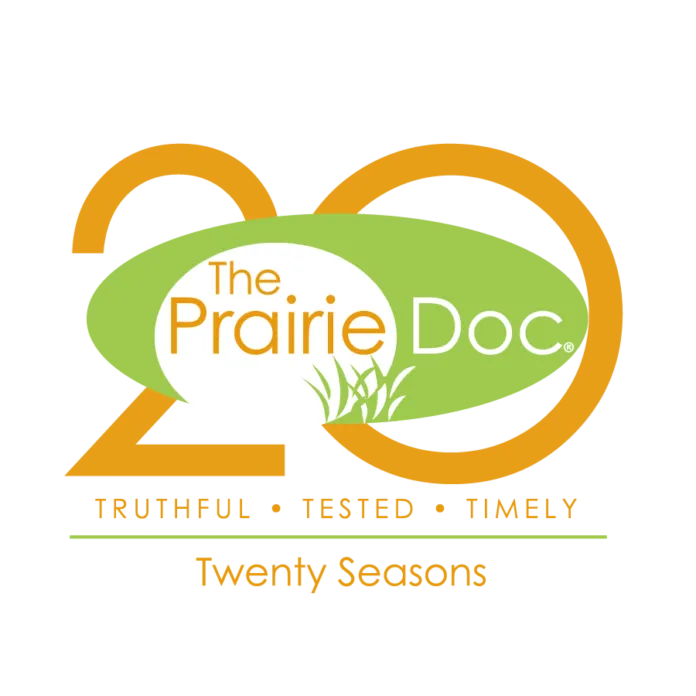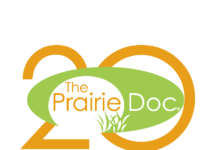Everyone we know, meet, or pass in the grocery store has their own set of personal life experiences that are unique from our own. We all come from different places, have our own set of genetics, and have different parents or families, which is part of what makes us unique from each other. We can even have different experiences than our siblings who grow up in the same home as us.
Our experiences are part of what help us learn, create adaptations to the world around us, and how we continue to grow into who we want to be. The number one goal of our body and brain is to maintain safety and security within our environment. From the moment we are born, our brain seeks for our basic needs to be met, whether it is connection, sleep, or food. As we grow, these needs becomes more complex as our abilities and understanding of the world grow with us.
During our most informative early years, our brain and body are developing rapidly to learn how to maintain safety and connection in the world around us. The experiences that we have during these impactful times set the stage for how we begin to create adaptations, responses, and our view of ourselves.
Our lived experiences can be either positive or negative, and sometimes they can even be traumatic. Everyone creates their own set of responses to experiences and threats in their environment through these lived experiences, and the most common responses are fight, flight, freeze and fawn. The prefrontal cortex of our brain is where we maintain our ability to reason, make good decisions, and take in information around us. When our body experiences a threat to our safety within our environment, our prefrontal cortex may go “offline” and our amygdala takes over, which is the portion of our brain that controls our emotions. Our amygdala signals for our response to keep ourselves safe from the threat to take control.
If our response is fight, we might have anger outbursts, become aggressive, be impulsive, or have explosive behaviors. If our response is flight, we might become, anxious, experience panic attacks, throw ourselves into our work, and tend to be perfectionists, or become over analytical. If our response is freeze, we may have depressive tendencies, disassociate, feel indecisive, feel numb, space out or isolate from others. If we have a fawn response, we may people please, be co-dependent, have a lack of identity and boundaries with others, avoid conflict, or have an inability to say no. You can experience on or all of these responses during any given event.
These responses are natural adaptations that may be our brain’s way of keeping us safe in situations or environments that feel threatening. While these responses may be a natural way for our brain to maintain safety, we can also work to re-wire our responses through coping skills and awareness of how our experiences have affected us.
It starts with an awareness that we, and others around us, have had lived experiences that have created these responses. When we are aware of this, we have the ability to process, understand, and create positive mechanisms to heal from our traumatic experiences.
Curstie provides outpatient therapy for across the lifespan for adults, adolescents, and children starting at age 4. She utilizes a trauma-informed approach for people struggling with anxiety, depression, abuse, trauma, interpersonal issues, grief and social and emotional wellness. Her practice includes play therapy, solution-focused therapy, strengths-based therapy, and cognitive behavioral therapy and mindfulness strategies. Follow The Prairie Doc® at www.prairiedoc.org and on Facebook featuring On Call with the Prairie Doc® a medical Q&A show providing health information based on science, built on trust for 22 Seasons, streaming live on Facebook most Thursdays at 7 p.m. central.



